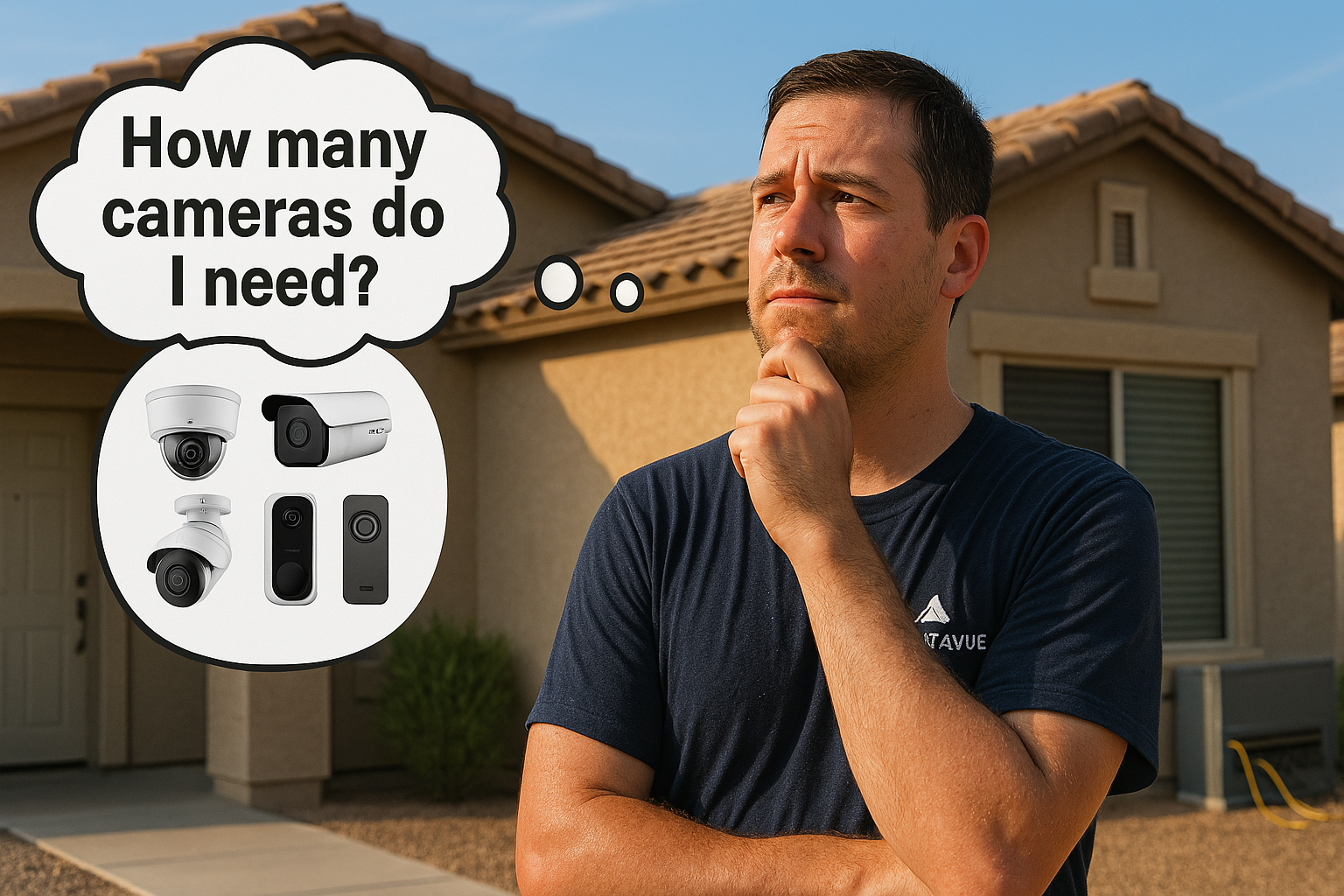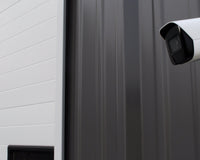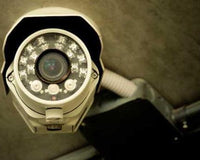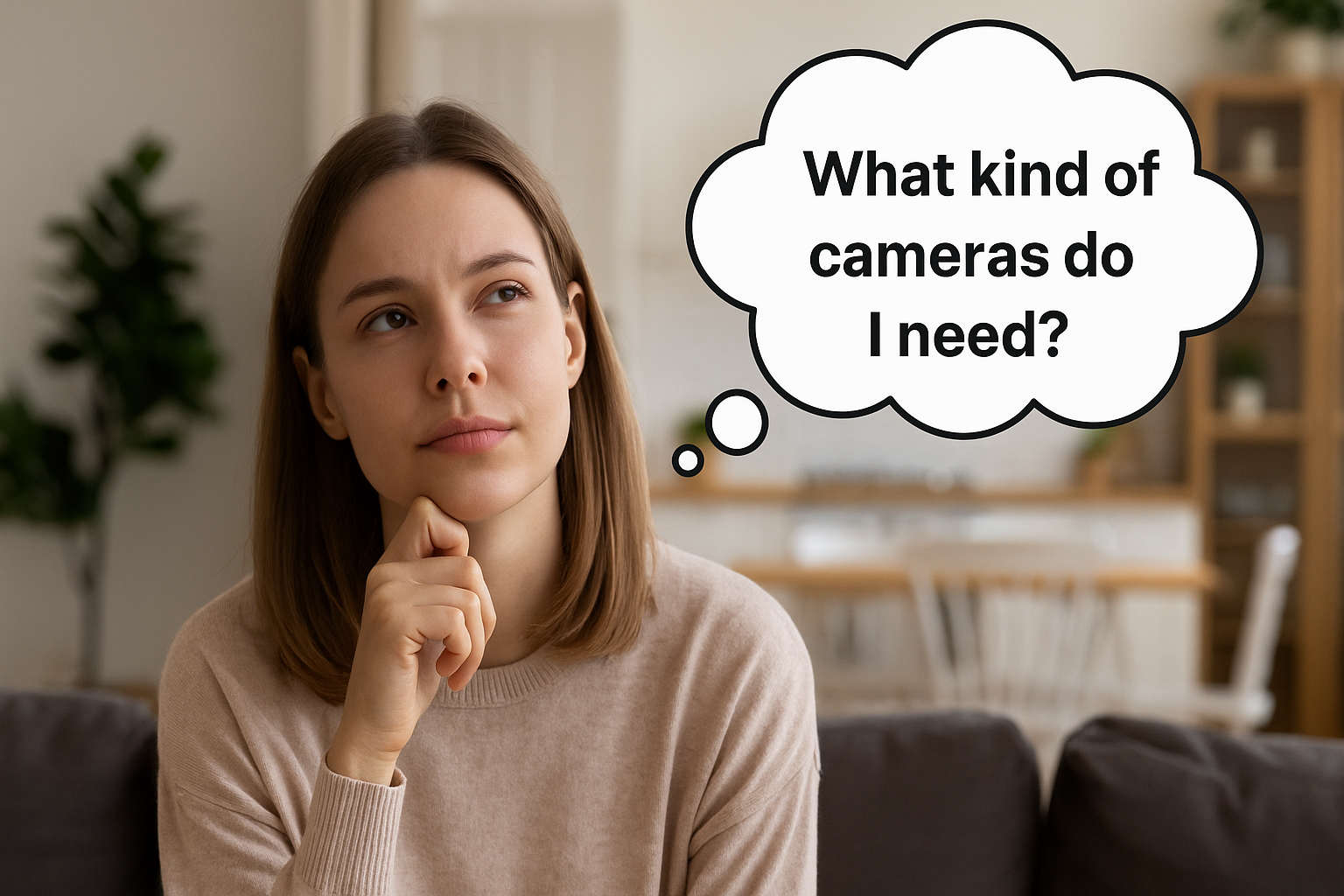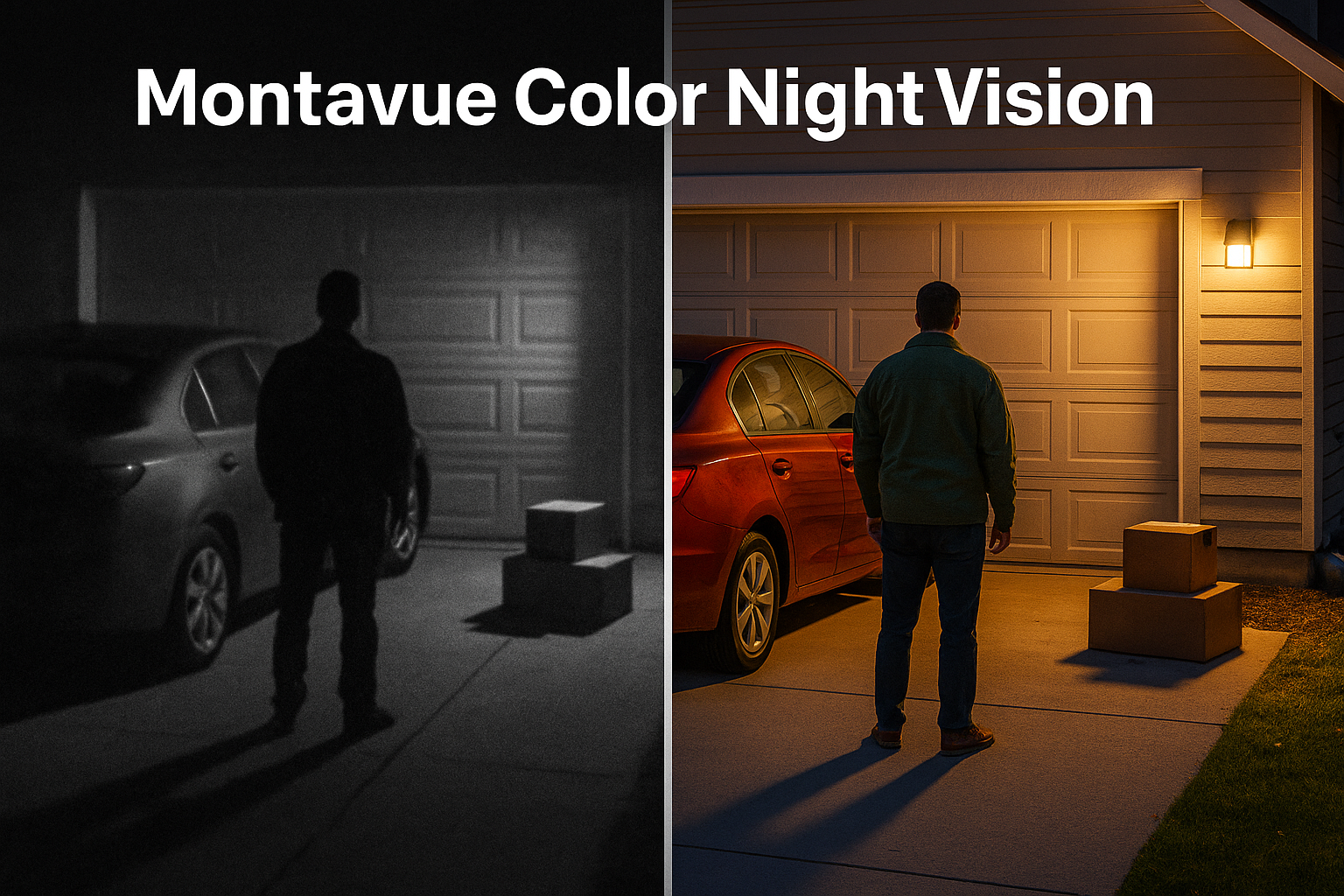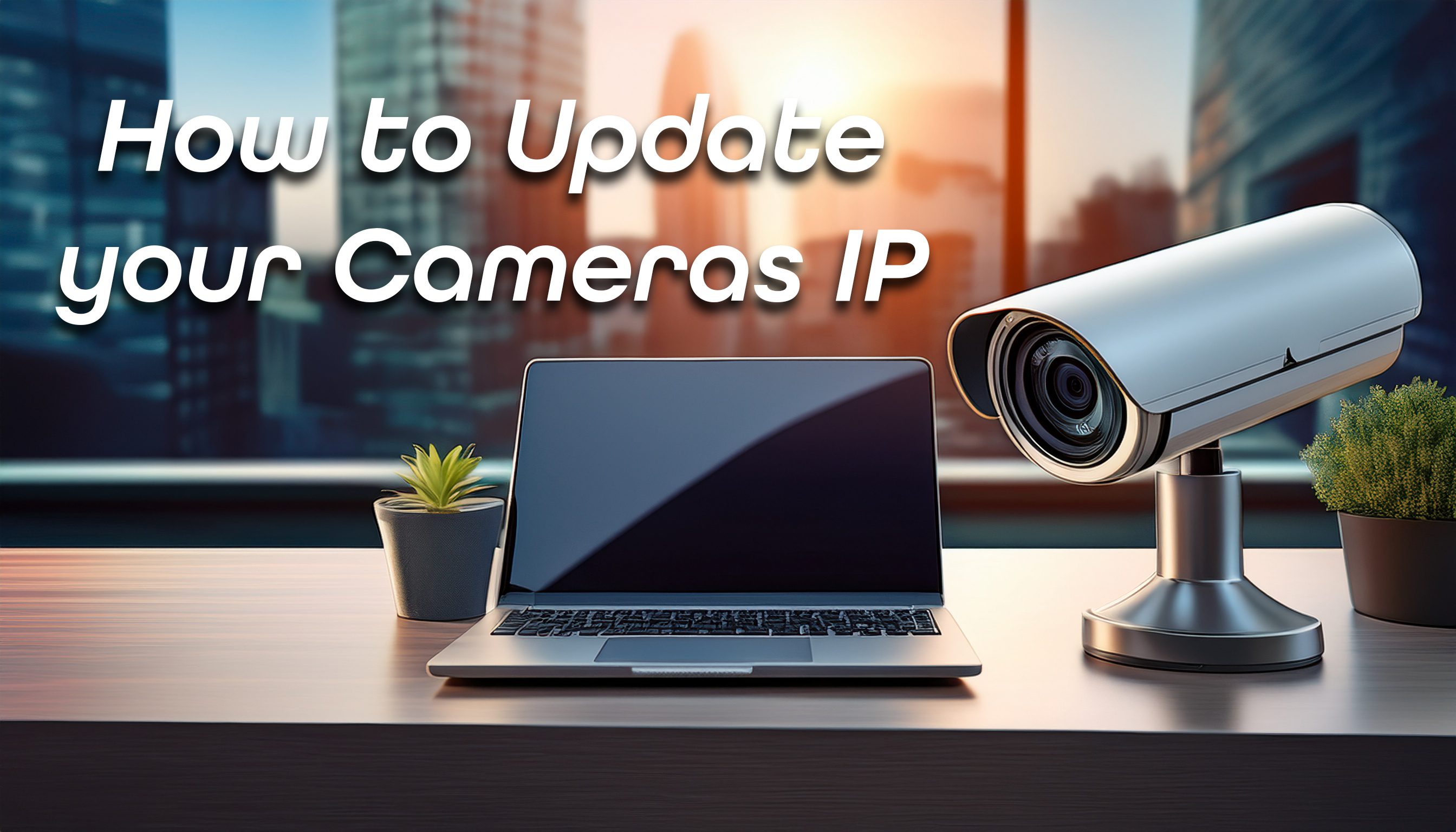When it comes to securing your home or business, one question you may be asking youself is:
“How many cameras do I actually need?”
The answer depends on several key factors — including the size of your property, the layout, your security goals, and whether you're monitoring indoors, outdoors, or both. In this guide, we’ll walk you through everything you need to consider to determine the right number of cameras for your space.
Step 1: Identify Key Areas That Need Coverage
Start by walking around your property and listing the most important locations to monitor. Here are some of the most common spots:
For Homes:
-
Front door
-
Back door
-
Garage or driveway
-
Backyard
-
Side gates or walkways
-
Main living area (for indoor monitoring)
-
Hallways or staircases
For Businesses:
-
Main entrances and exits
-
Parking lots
-
Loading docks or delivery areas
-
Cash registers or safes
-
Inventory or storage rooms
-
Reception or customer service areas
-
Offices or private workspaces
Tip: Every entry point into the property should have at least one nearby camera, ideally with a clear view of faces or license plates.
Step 2: Factor in Property Size and Layout
Larger properties or those with multiple levels will naturally require more cameras. A small home might only need 4–6 cameras, while a commercial warehouse or estate could need 16 or more.
Consider:
-
Outdoor coverage for full perimeter security
-
Indoor monitoring for valuables or activity tracking
-
Blind spots where someone could approach undetected
Using Montavue’s wide-angle 4K cameras can help you cover more ground with fewer units.
Step 3: Consider Camera Capabilities
Modern surveillance technology allows you to get more out of each camera. With Montavue’s features like:
-
Smart Motion Detection
-
AI Tripwires/Intrusion zones
-
Night vision and IR LEDs
-
Motorized varifocal lenses (optical zoom)
-
360° Pan-Tilt-Zoom (PTZ) control
-
4K Resolution for high detail
- Higher frame rates
—you can strategically place cameras to maximize coverage and clarity.
Tip: Active Deterrence cameras are a great option for front/back doors and near any other possible entry pointsas this allows for 2-way communication and scaring off unwanted guests!
Step 4: Decide on Redundancy
Sometimes, having just one camera per area isn’t enough. Redundant angles ensure:
-
Clear facial recognition even if someone wears a mask or hood
-
License plate visibility from different directions
-
Continued coverage if a camera is tampered with or disabled
We often recommend overlapping coverage at entry/exit points and high-traffic areas.
Sample Camera Setups
Small Home (1,200–1,800 sq ft):
-
1 Front Door Camera
-
1 Back Door Camera
-
1 Garage or Driveway Camera
-
1 Backyard Camera
-
1 Indoor Living Area Camera
Total: 4–5 cameras
Larger Home (2,000+ sq ft or multi-story):
-
Same as Small Home, plus:
-
1 Side Yard or Gate Camera
-
1 Upstairs Hallway or Staircase Camera
-
1 Additional Driveway or Street View Camera
Total: 6–8+ cameras
Small Business or Office:
-
1 Front Entrance
-
1 Reception Area
-
2–3 Indoor Coverage Points
-
1 Storage Room
-
1 Parking Lot
Total: 6–8 cameras
Warehouse or Industrial Facility:
-
2–3 Entry or Exit Points
-
2 Loading Docks
-
4–6 Indoor Coverage Zones
-
2–4 Outdoor Perimeter Cameras
-
2 PTZs for wide-angle active surveillance
Total: 12–16+ cameras
Need Help? We’re Here for You!
Every property is different — and Montavue is here to help you create a system that fits your unique needs. Whether you're securing a home, small business, or large commercial site, our team can help you decide on what you need.

